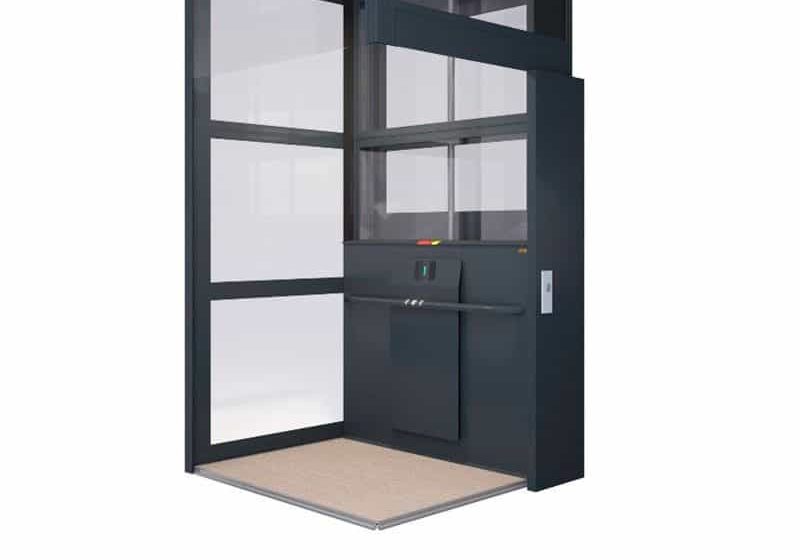When I started writing this safety column in 1994, some 27 years ago, I was keen to use the column to reduce the number of injuries in our industry. Some of you may recall one of my early crusades being about side-of-step entrapment on escalators. Whilst it was a few years before the introduction of the Lifting Operations & Lifting Equipment Regulations (LOLER), I also led early charges to get escalators thoroughly examined by law rather than it being a voluntary requirement. If you recall, the HSE had a document entitled “PM45: Escalators: Periodic Thorough Examination” which gave guidance but was a “toothless tiger.” This document was, of course, replaced by the far more detailed SAFed EMW document but, still, escalators evade LOLER and only get a specific mention in the Management of Health, Safety & Welfare Regulations, which simply says there will be sufficient stop buttons.
Anyway, I digress. The subject of side-of-step entrapment raised its head again recently, and I had to revisit papers that I had written back in the 1990s (including for the 1996 ELEVCON conference in Barcelona). I had to revisit how the standards had changed over the years and, the reality is, nothing has changed with respect to step-to-skirt gaps with the current EN115-1 (2017) stating:
Over the years, we have had various attempts, some more successful than others, to mitigate the chances of becoming entrapped in this area, including skirt brush deflectors, changing escalator step designs (the next step design in particular), infilled step treads and so on.
My mind has become both more inquisitive and more cynical over the years of writing articles, and I am struggling to get my head around clause 5.5.5.1.
You reach a point where you ask yourself, “Am I being stupid asking this question?” or “Is it something obvious that I am missing?” Not having managed to come up with an answer, I decided to test the water with some industry colleagues with the question, “If 4 mm is OK on one side, why isn’t it OK on both sides? Simply put, if 4 mm is deemed safe on one side, why is the total of both sides not allowed to run to 8 mm rather than 7 mm?”
Everyone I asked, without exception, returned a response of, “No idea!” So, my challenge to our industry, and especially my colleagues in the escalator world, is WHY? Of course, there is a chance that everyone avoided giving me an answer on the basis they didn’t want me to feel stupid at their very obvious reply!
It was a combination of Dr. Gina Barney and the University of Northampton that taught me to be inquisitive and to challenge what words mean. I don’t think either of them can take credit for my being cynical — I think that is just a function of old age! One of the earliest stories I recall of asking WHY is the story about the gauge of railway lines in the U.K. As everybody knows, the standard gauge is 4 ft, 8½ in., whereas Brunel originally built the Great Western Railway out of London Paddington to a gauge of 7 ft. You would be right in thinking that 7 ft would provide better ride comfort, as well, but when I delved into WHY, the answer I got back had no engineering basis at all. The fact is, our standard railway gauge is built on the basis of the width of the yoke that horses used to pull carts around!
Anyway, to bring matters to a close, although I haven’t undertaken any specific research since the 1990s, it is my gut feeling that the number of side-of-step entrapments have reduced, but maybe it is time that some young researcher (that rules me out) have a look at it again.
So, in closing, if anyone has the answer to why the combined measurement is 7 mm and not 8 mm, I would love to know it.
Get more of Elevator World. Sign up for our free e-newsletter.







